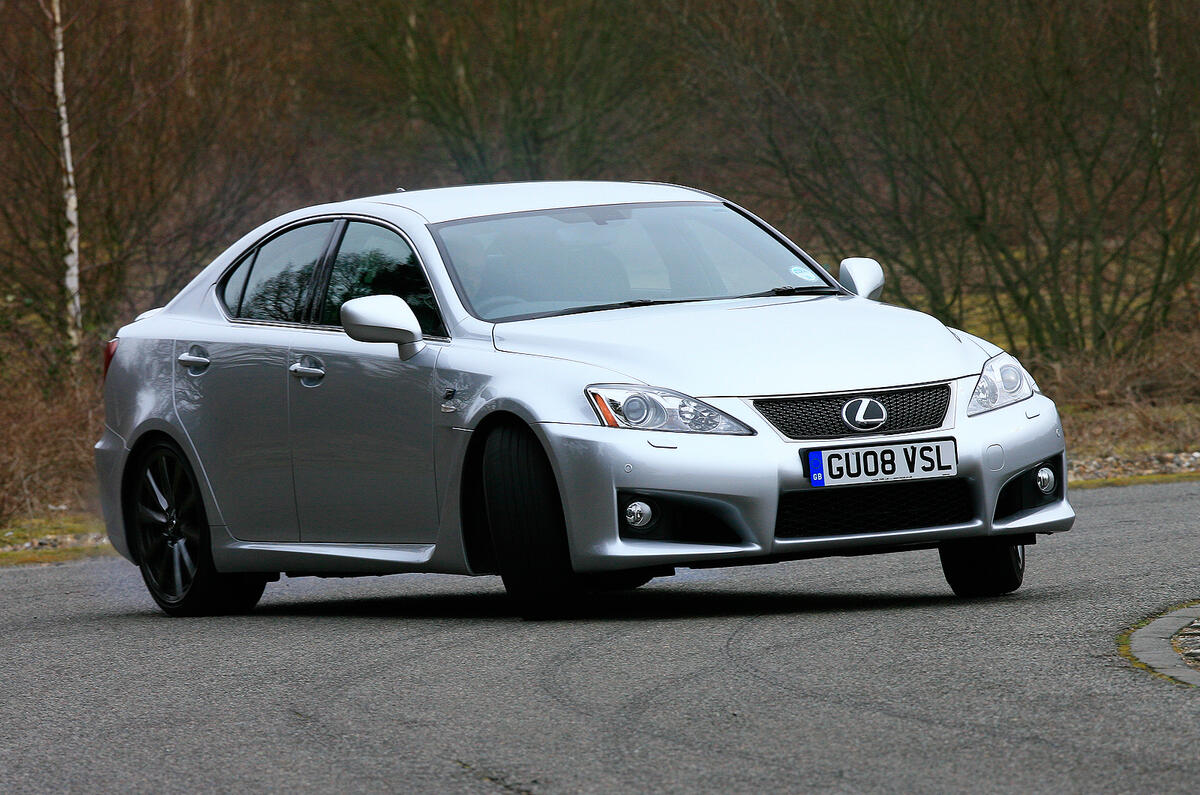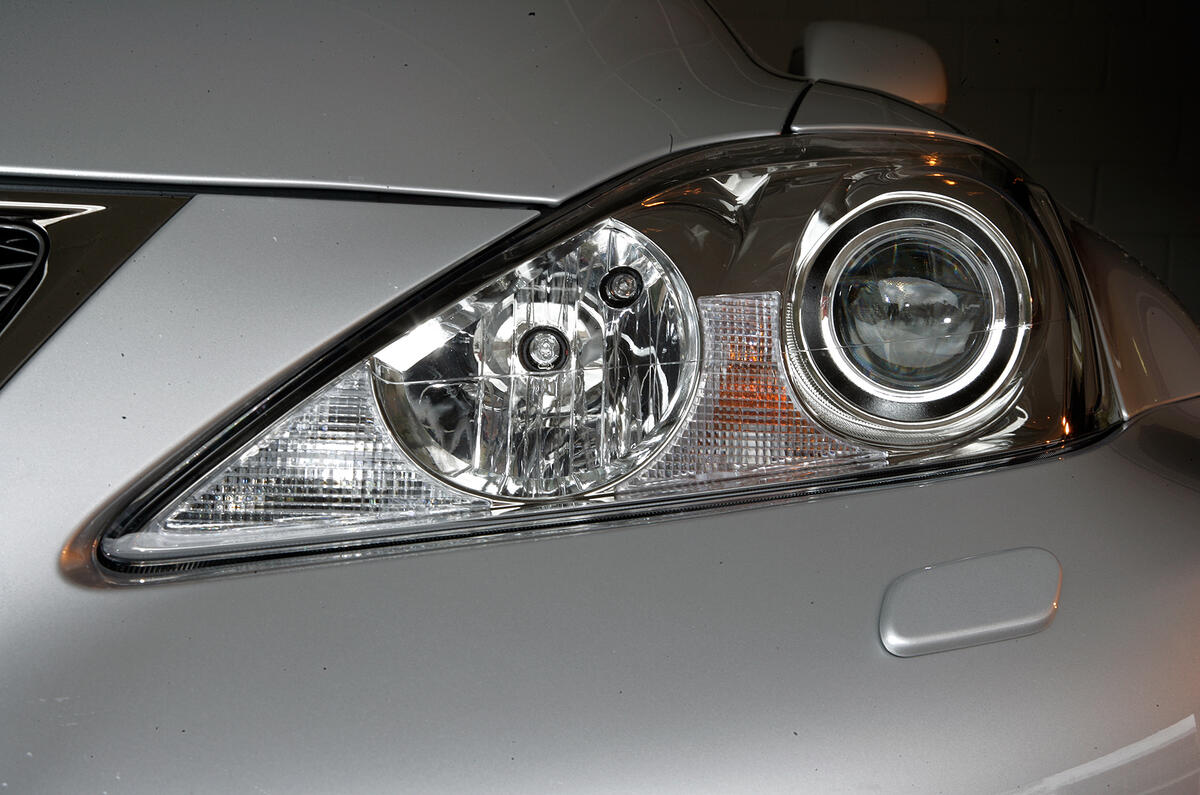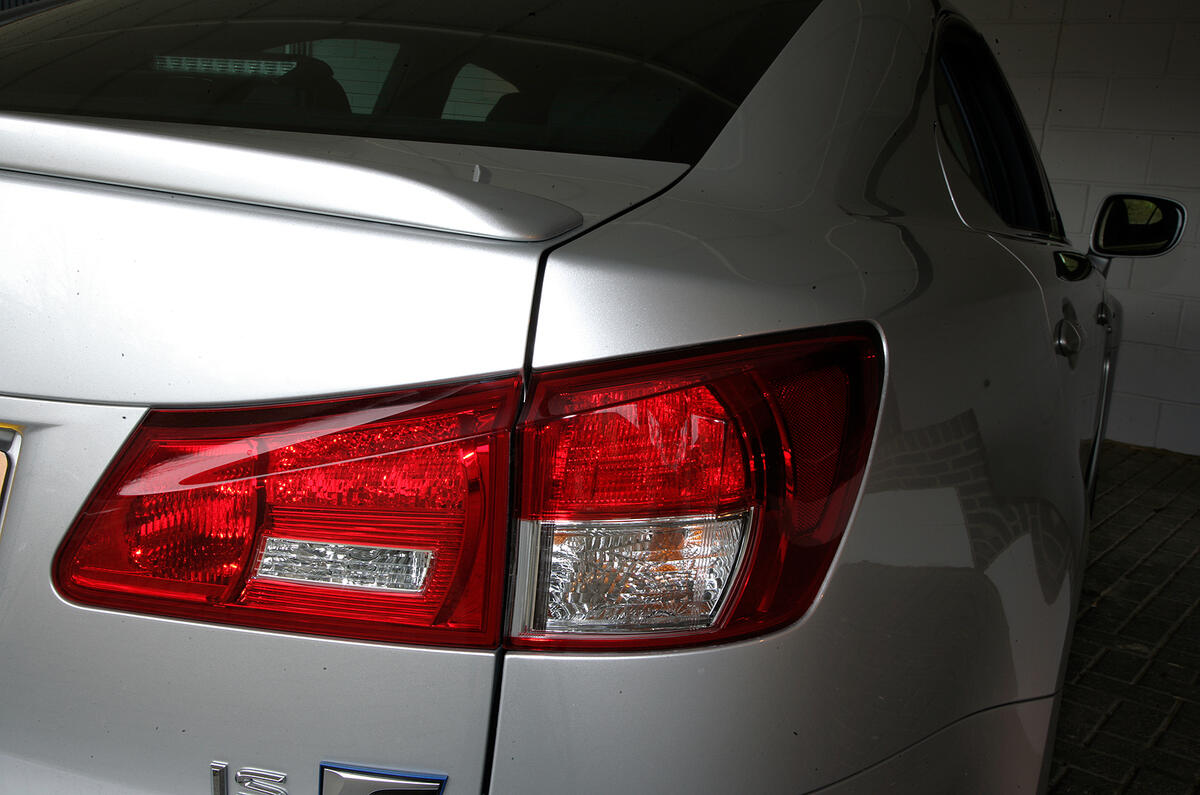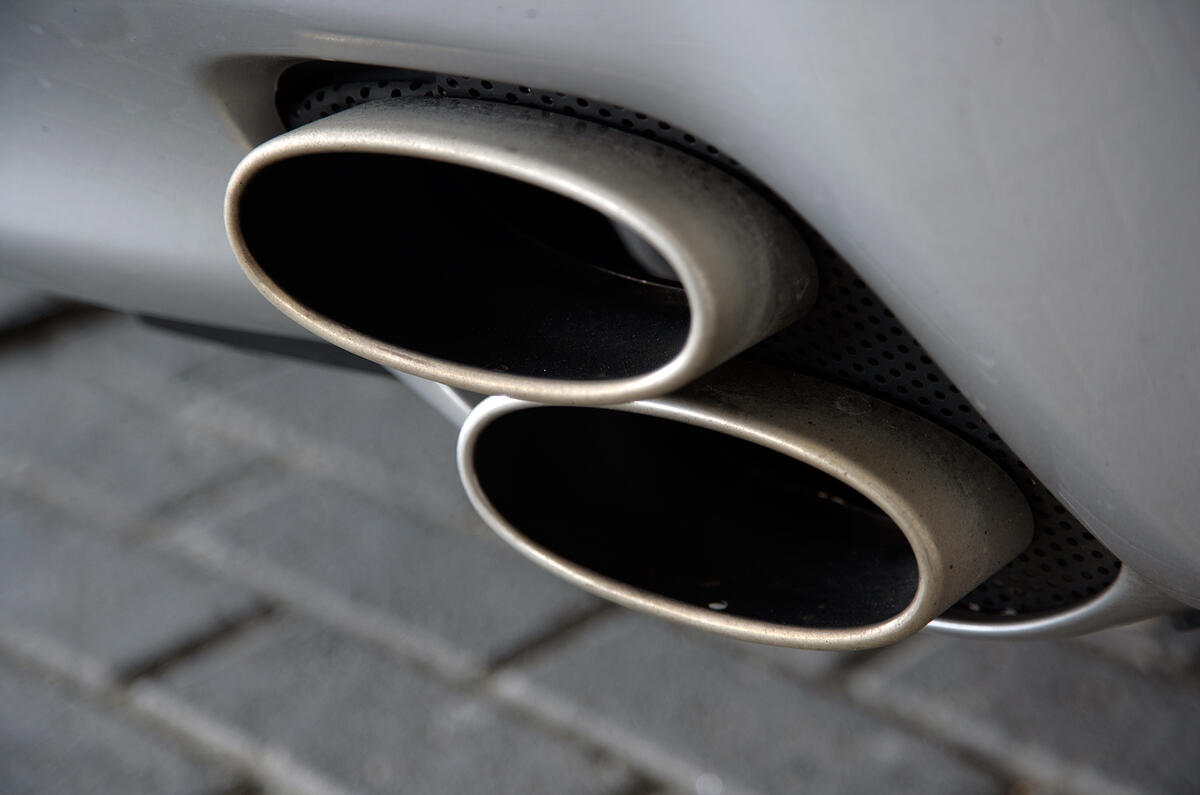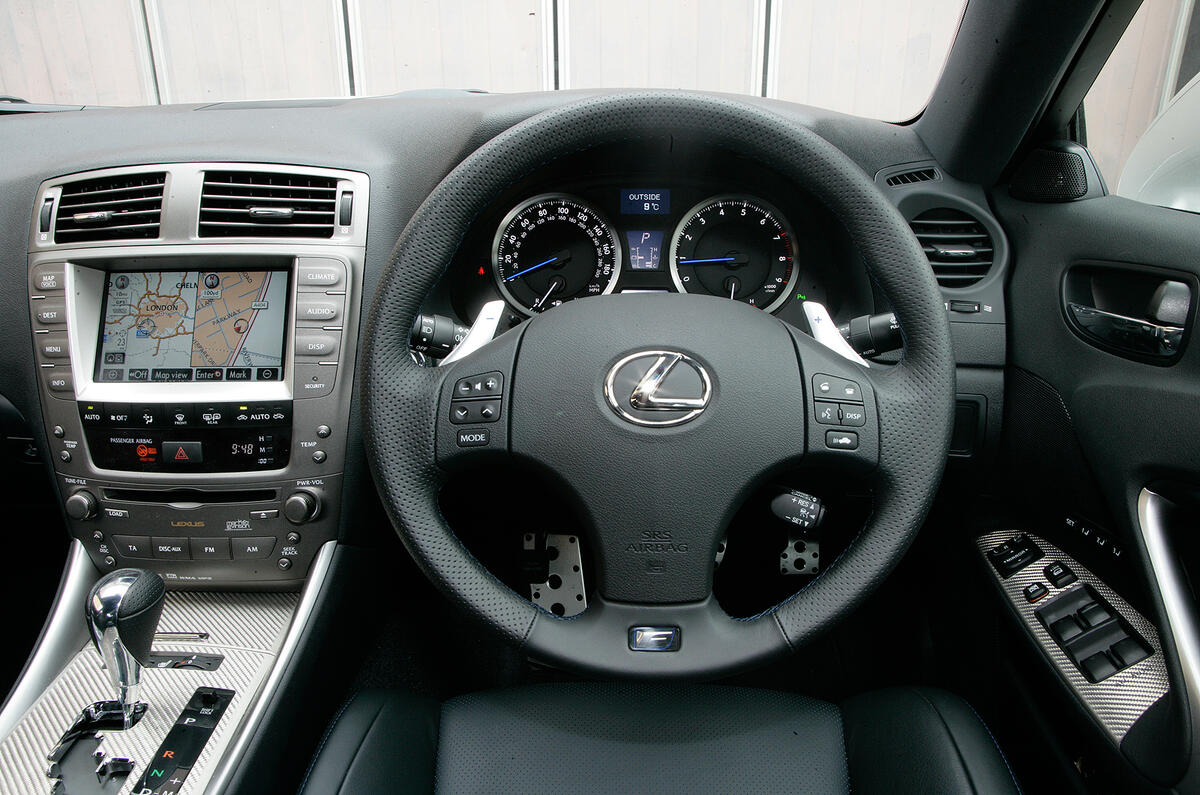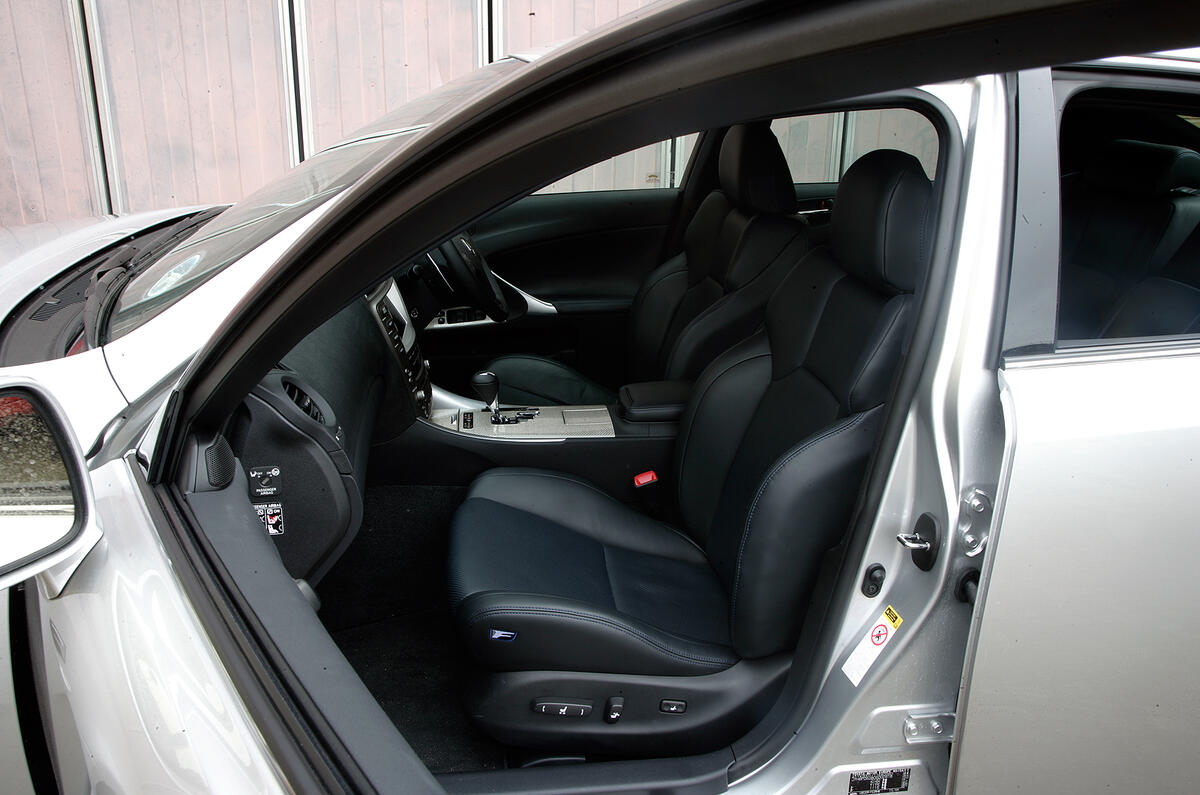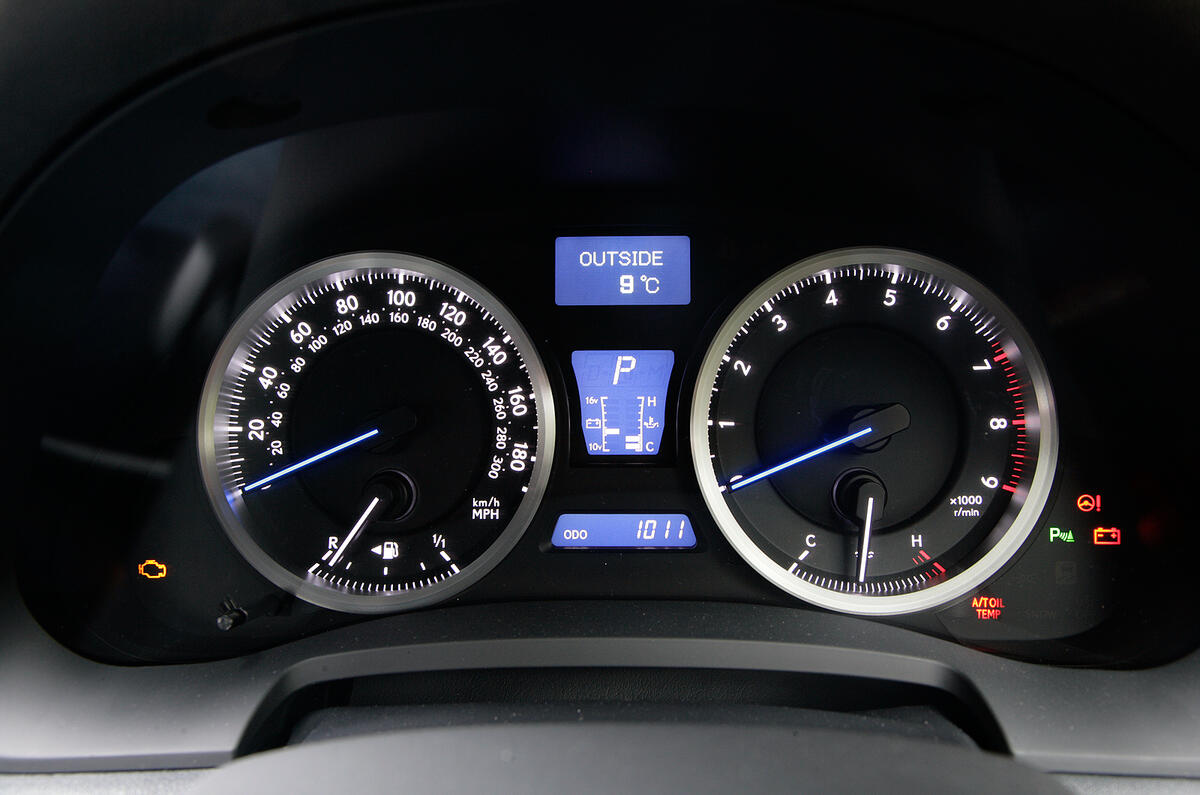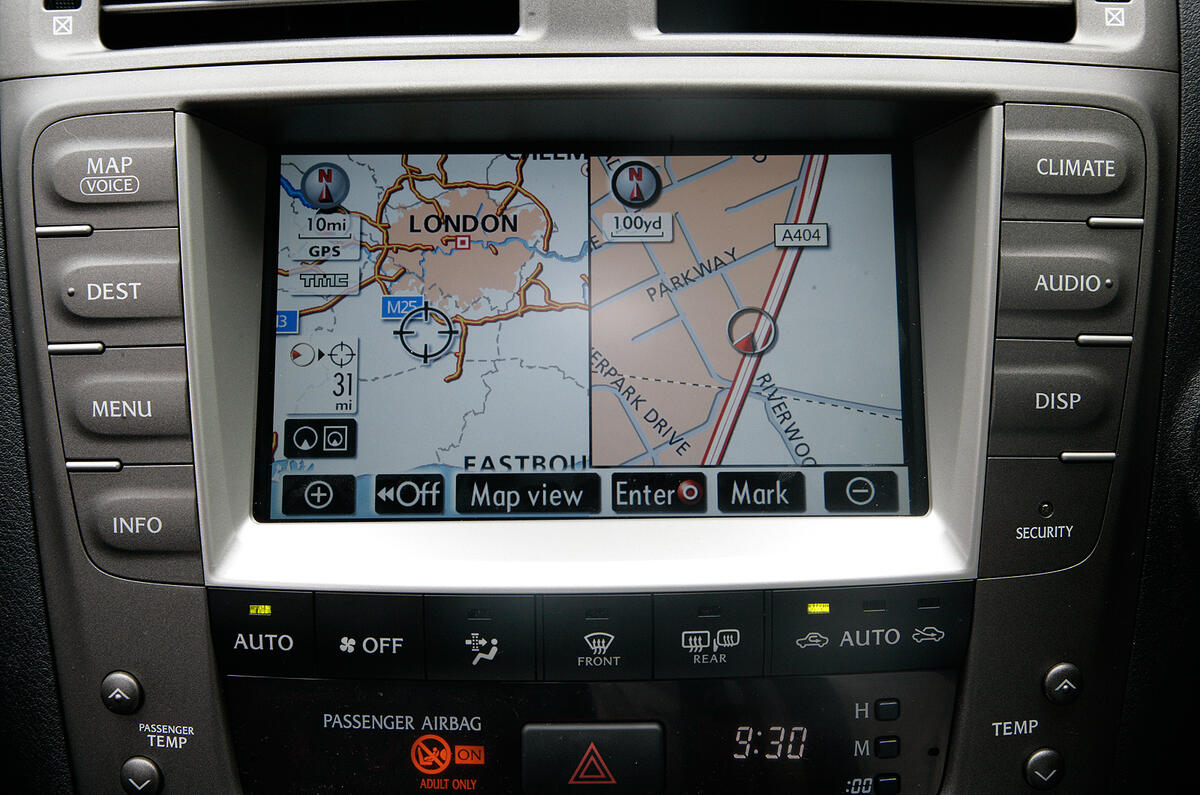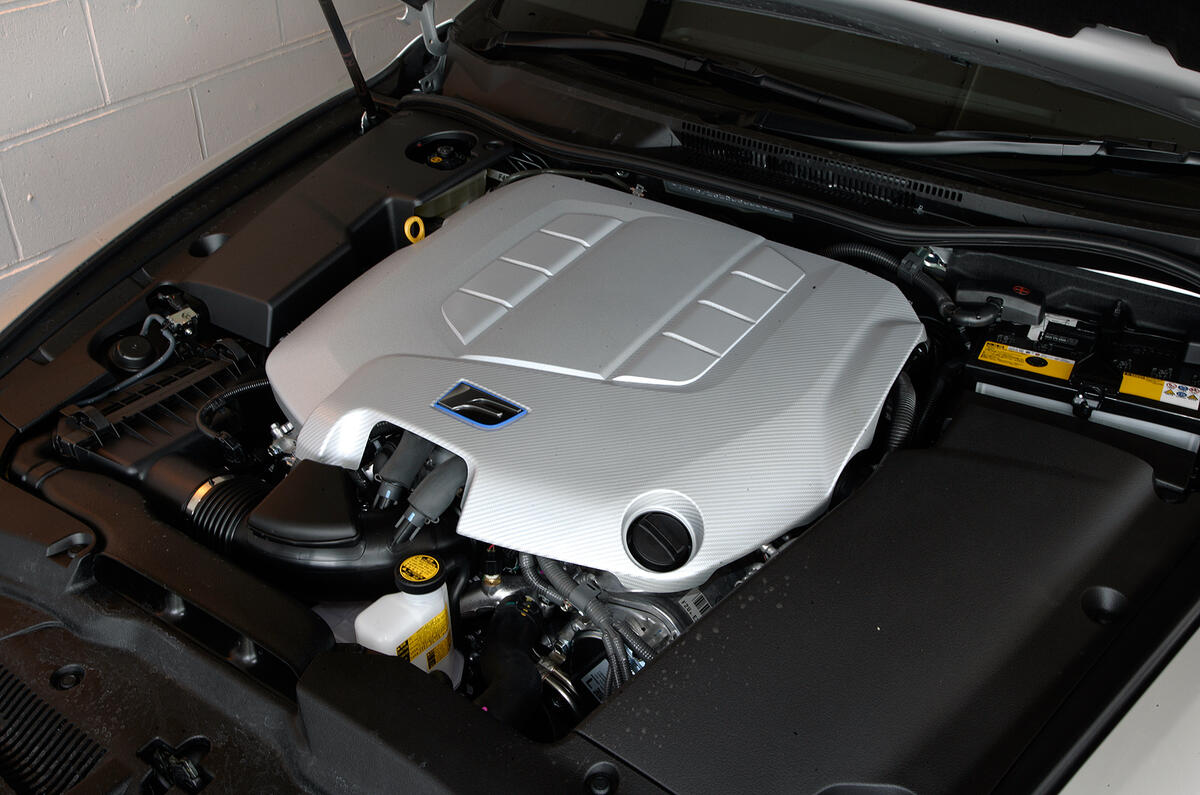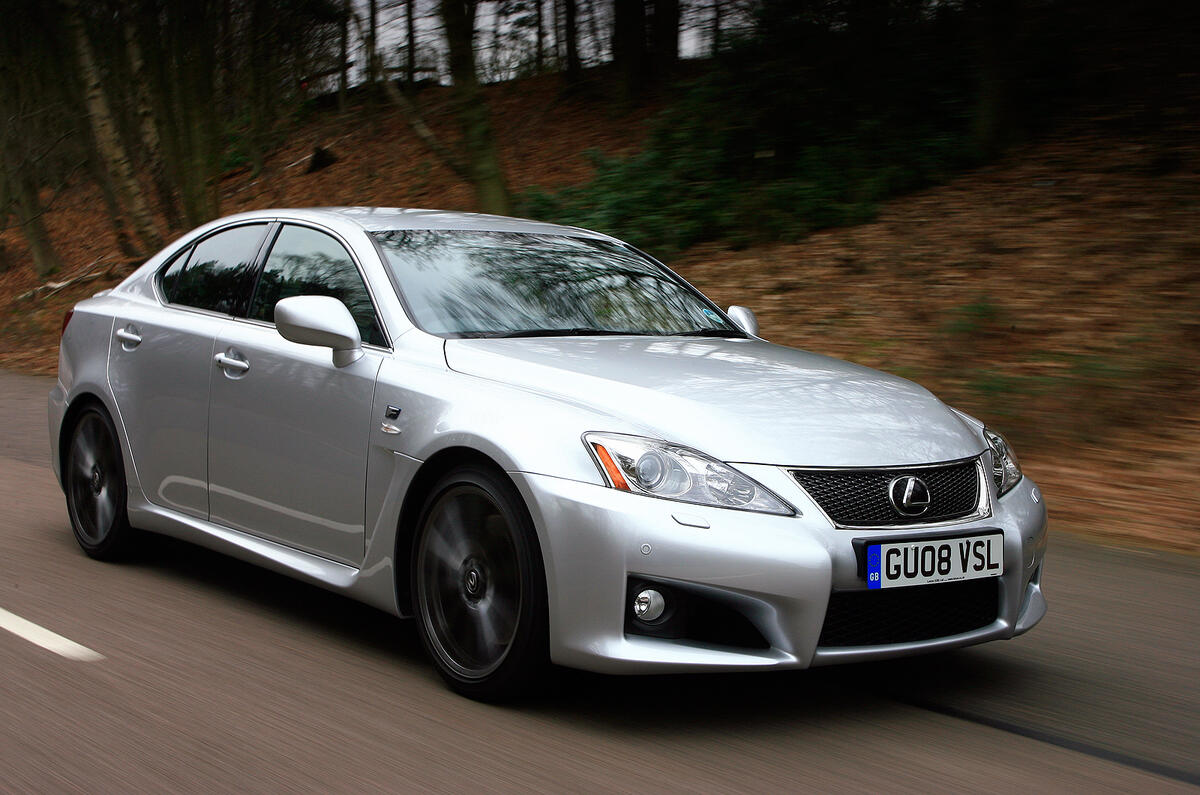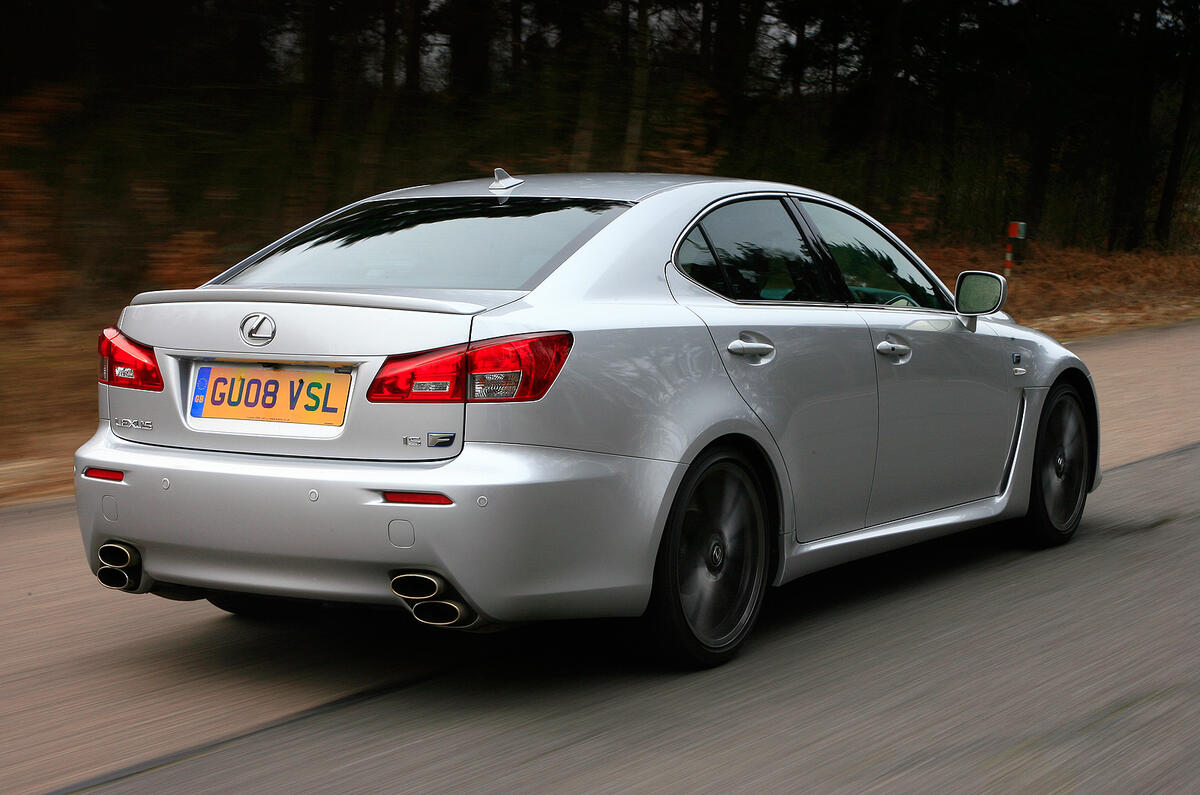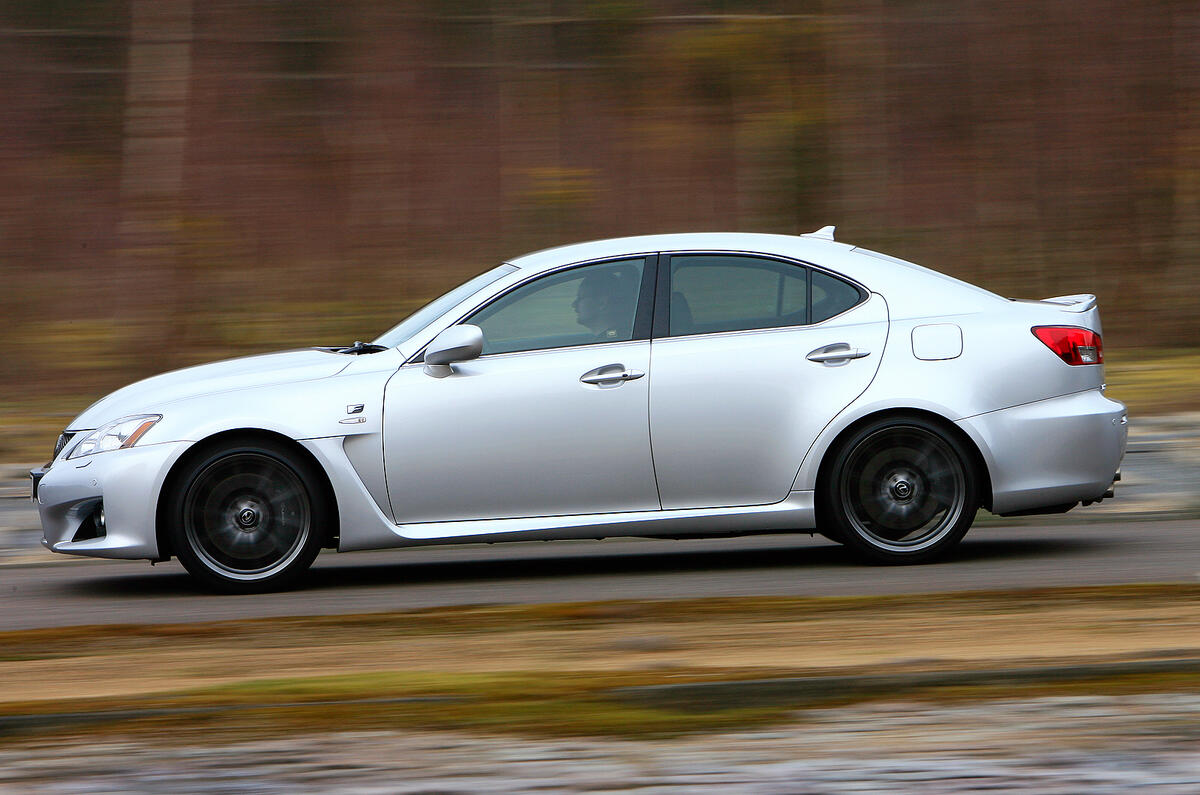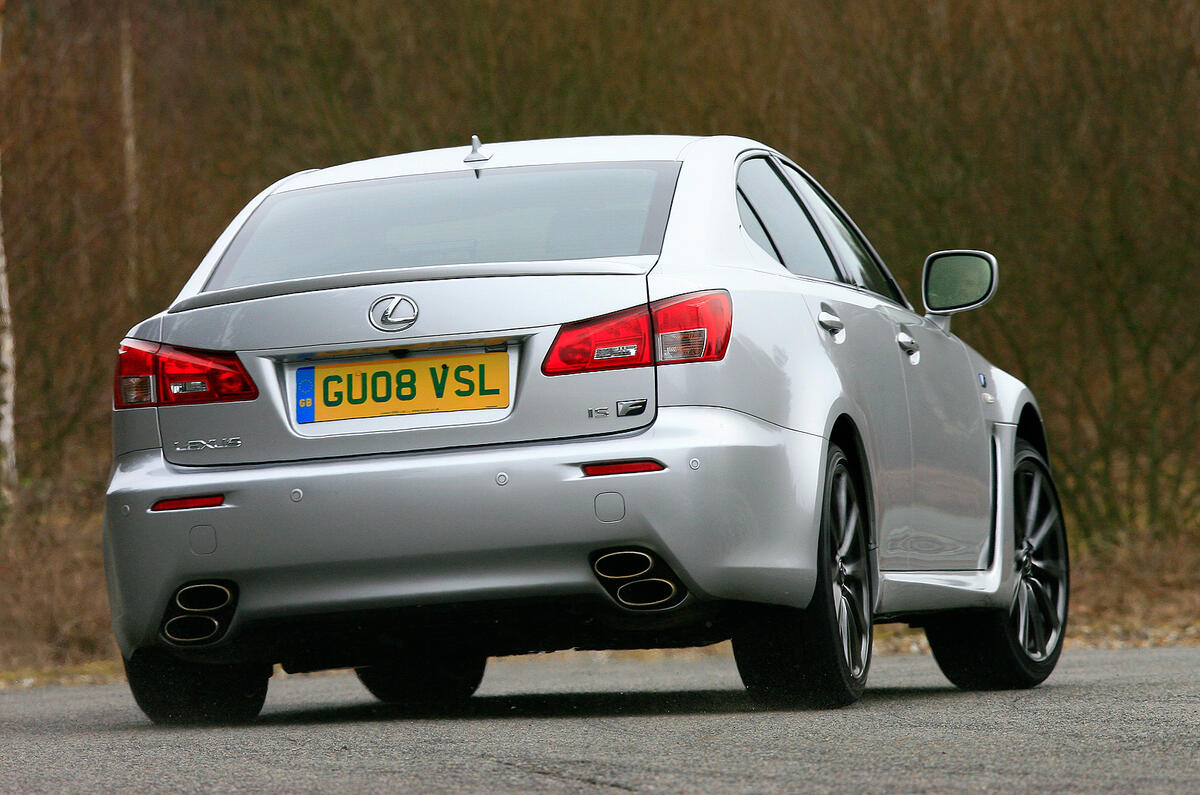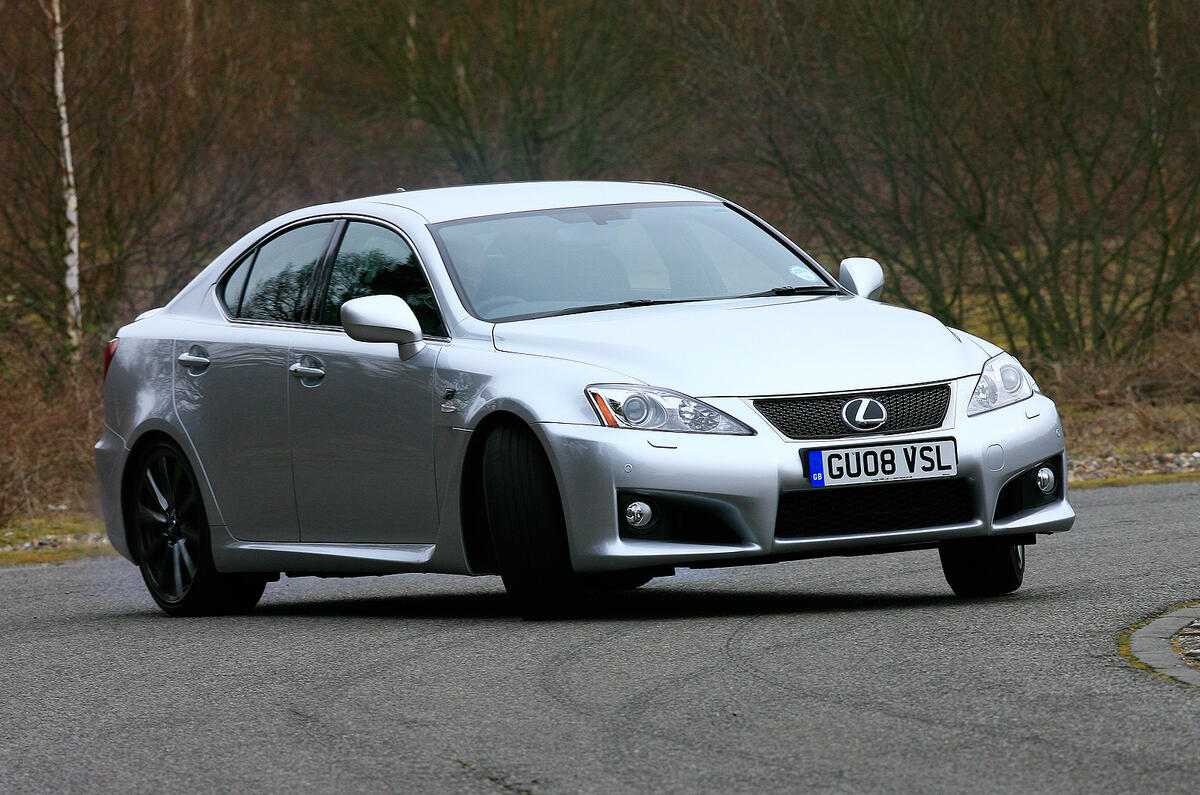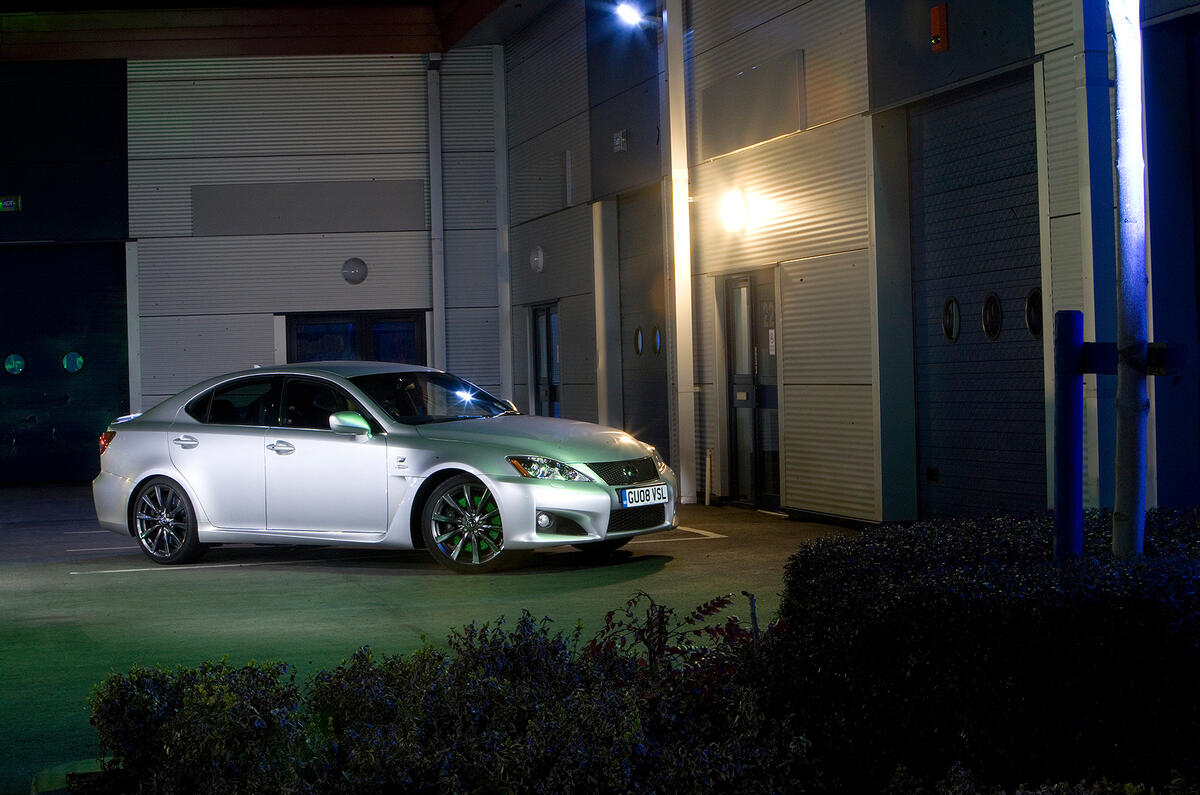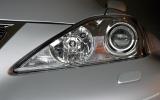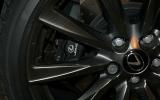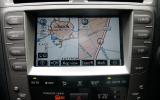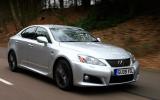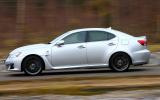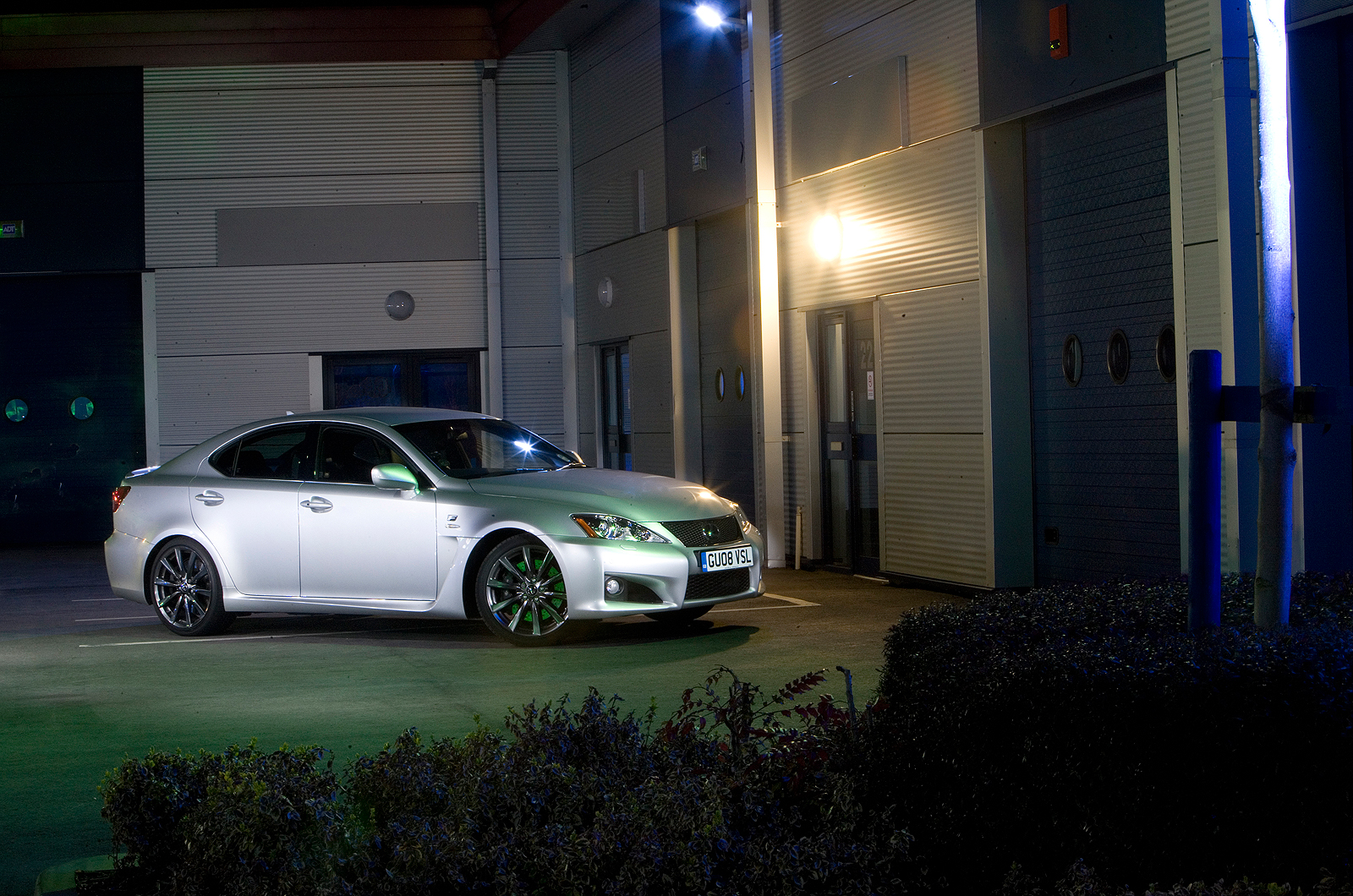Forget what you already know about traditional Lexus values – comfort, refinement and so on – because this new IS-F has its priorities in an entirely different place.
With petrol V8s and hybrids that deliver mountain-moving torque from idle, Lexus’s existing range isn’t exactly slovenly, but this, the IS-F, is the firm’s first stab at a fully paid-up sports saloon.
The ‘F’ stands for Fuji Motor Speedway, the Japanese track owned by Toyota and the venue for the car’s development. If any doubt remains, one look at the IS-F’s mechanical specification gives a clear indication of its market positioning.
A naturally aspirated 5.0-litre V8 producing over 400bhp and driven solely through the rear wheels is a strikingly familiar layout; both BMW and Mercedes have products that, give or take the odd cubic centimetre or brake horsepower, match the Lexus blow for blow.
And the Lexus is pitched right up against the BMW M3 saloon and the Mercedes C63 AMG.
That’s tough competition by any measure, but especially so when it’s your first effort.
used Lexus IS-F 2008-2012 cars for sale



